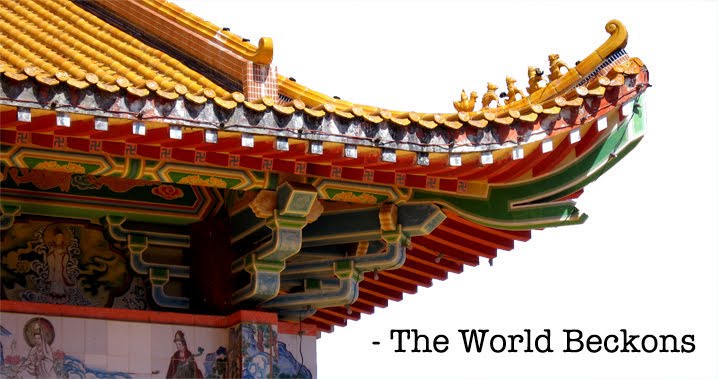Tokyo, Japan —Touching down at Haneda Airport, I rub my hands anxiously at the prospect of having only two hours between connecting flights.
A Grand Time.
The hands of time spin, too.
Kelin had graciously offered to guide me by train to terminal three for the long journey home, but we have our wires crossed and he's nowhere to be found. With the recent state of the world's airports – long lines, constant delays, mounting frustrations, backlogs and cancelled flights – I choose instead to say a quick goodbye to the team and hustle off to catch the bus on my own.
Slower, sure, but easier to navigate at this point, particularly after last night’s wrap-up celebrations at Nagi – featuring more than a dozen Okinawan dishes, including SPAM sushi, and bottomless drinks – followed by somehow making it to the 3 a.m. last call at the Grand Line.
I needn’t have worried: the efficiency of Japan’s airports is something to behold.
Nineteen minutes later, I’ve arrived at the terminal, scanned my passport, cleared security, waved a couple papers at indifferent officials who barely looked up from their conversation and arrived at my gate.
Fifteen minutes of that time was the bus ride.
















